5 Tips to Bring More Buzz to Your Store
We live in a fast-paced world where innovation happens daily. In many cases, these improvements are time-savers — products that enable us to finish faster and/or do more. Being a gardener myself for more than 40 years, I’ve seen great changes to help us solve lawn and garden problems safely, quickly and effectively. With today’s buzzwords in mind, let’s look at some product innovations that could pique consumer interest and drive sales in your stores:
1. Easy-to-Use
This is among the most common terms you’ll see in our industry. Gardening has long been associated with hard, difficult and time-consuming work. Ready-to-use (RTU) sprayer bottles or ready-to-spray (RTS) hose-end products dominate sales in the chemical aisle. Thirty-five years ago, Ortho was the leading label in this category; concentrates accounted for the bulk of consumer sales. Many active ingredients were used repeatedly under different labels on the bottle or canister. Sprayers and mixing chemicals were the norm for any gardener until innovation brought us more RTU and RTS options.
Today, the numbers have flipped with less concentrates (and spray tanks) being purchased. New technology offers battery-powered sprayers, one-pull sprayers and even more choices for hose-end sprayer chemistry. It’s never been easier to use garden chemicals safely and effectively.
Look at the ratio of concentrates to RTU (and RTS) in your product mix to ensure the desired options needed for your customers. (Big rural property: big RTU bottle or a concentrate with applicable sprayer. Small urban property: small-bottle concentrate, RTS or RTU type.)
2. Advanced Packaging
Packaging represents one of the most obvious areas of innovation, especially advances in packaging materials. Take a close look at what you buy from your manufacturers. Mylar replaced soft plastics years ago and many items like grass seed, potting soil and fertilizers use this packaging material, along with convenient resealable tops. Even wild bird-seed manufacturers have embraced heavier, more durable bags to prevent chewing insects or ingredients from breaking through.
Ultraviolet protection comes in many forms, including fade-resistant inks and coatings. Labels used by many manufacturers today are made of vinyl to resist deterioration from bright sunlight and humidity. Once upon a time, garden products sold-through so quickly, we didn’t concern ourselves with lasting carryover of inventory. Times have changed drastically with the advent of box stores.
Crystal-clear acrylics are another example: You’ll see them in products like wild bird feeder tubes, which won’t cloud up over time. Higher-quality materials come at a bit higher price, but they last much longer; consumers are often willing to spend more for a product that offers better quality, and superior look and feel.
3. Designed for Women
Women are the target market for most manufacturers of lawn and garden products. This focus manifests as a combination of great packaging with bright and colorful graphics, often featuring kids and pets in the background. If you have older and outdated packaging in your store, you might just be chasing away potential buyers!
As for the products themselves, be sure your retail offer includes the latest in product design and construction. Comfort-driven and compact designs, and lightweight materials are common in many product categories.
Although we sell a lot of soil, be mindful that today’s consumer is conscious of dirty environments. Take care to maintain the cleanest, tidiest selling areas possible at the shelf and on the floor.
Women are our best customers, and they deserve our best efforts to eliminate faded and damaged packaging, dirty and dusty product, and oversized and heavy selections. Downsizing benefits women, and aging Baby Boomers, too.
4. Instant Results
Gone are the nuclear remedies from our chemical arsenal like DDT and other products. They’ve been replaced by pyrethrins, Permethrin, neem oil, mint oil and various bacillus compounds for insect and disease control — active ingredients perceived as softer and/or more natural. The organics and all-naturals trend shows no signs of slowing.
If you’ve been putting off a review of your chemistry options, make it a point to evaluate your inventory yearly to make adjustments. Plan ahead now for next year’s shelf space by selling discontinued or newly restricted product offerings to make way for newer chemistry.
5. New and Improved
It seems overly simple, but it’s true: “New” and “Improved” are still very effective in stirring interest and excitement among consumers. Have you considered how you’ll present your newest products to your customers for the remainder of this year and into the next?
These products should be featured on endcaps or standalone flex tables, or even by cross-selling with your plants at the point of decision. All that’s needed is your sign or placard stating one simple word: New. Just that little bit of awareness can yield greater sales and profits.

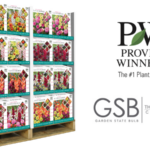
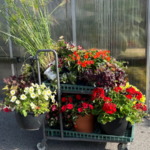

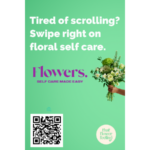

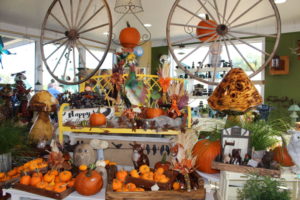

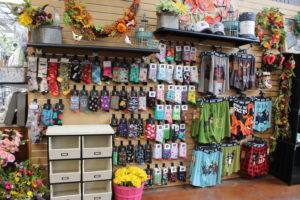

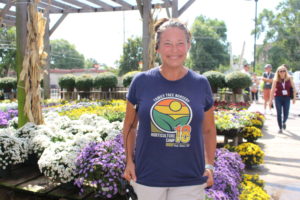



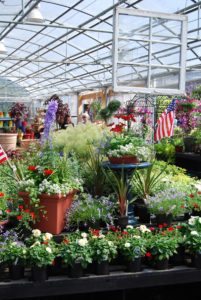
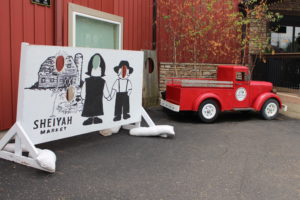
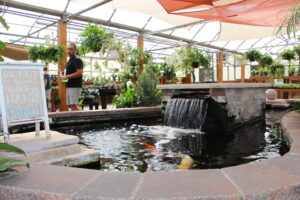
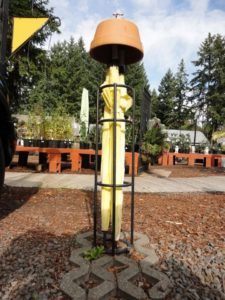
 Videos
Videos





